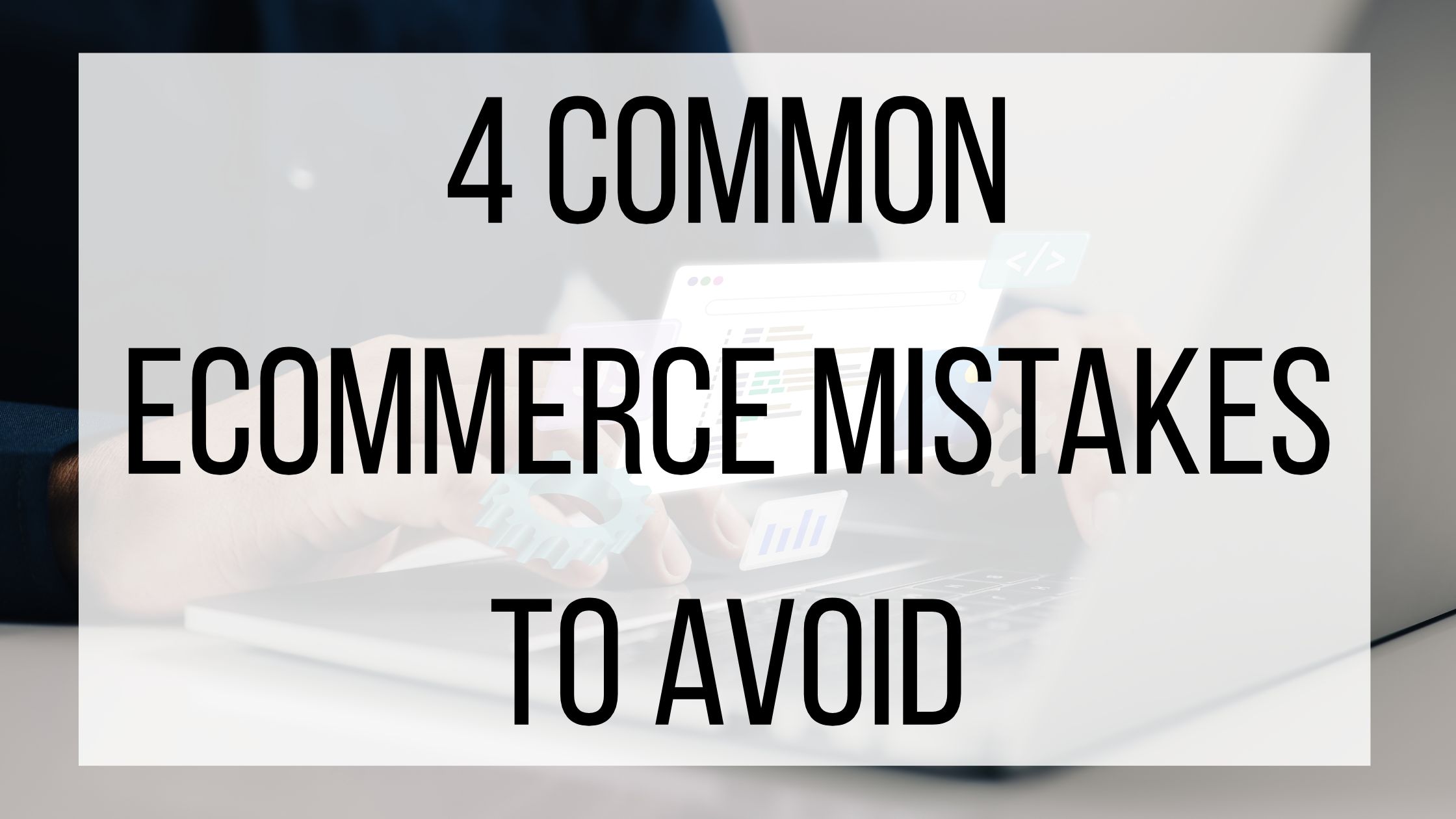How To Use Remarketing For eCommerce

Online shopping presents customers with many options- sometimes so many that it can get overwhelming. It is not uncommon for shoppers to visit your store, get distracted, and forget why they were there in the first place without making a purchase. If shoppers have shown interest in your products without making a purchase, remarketing is a way to stay on their minds and win them back.
What Is Remarketing?
Remarketing is a strategy that sends targeted ads to customers who have visited a website or product page without taking a specific action. For example, if a customer visits your website without signing up for your newsletter, you could remarket to encourage them to take action. If a customer adds an item to their cart without checking out, that is another remarketing opportunity.
Remarketing Vs Retargeting:
Remarketing and retargeting are similar but have some notable differences. Remarketing collects customer information to collect lists and send out targeted emails. Retargeting is focused on paid ads based on user data. If you send an email reminder to a customer to finish their checkout process, that is remarketing. If you create a targeted ad for a product you noticed caught a shopper’s eyes, that is retargeting.
How Remarketing Works:
When customers visit your site, they leave a cookie, which is a piece of data from a website that is stored and can be retrieved by the website at a later time. By looking at the cookies left on your website, you can see where each shopper was in their customer journey. This allows you to remarket to them, and encourage them to take action. Pixel tags are another also used for remarketing. Pixel tags are small pieces of code that enable web pages to place cookies. Each visitor has a unique ID code to track their activity, which you can then access to create a remarketing list.
Types Of Remarketing:
Standard remarketing, as the name suggests, is the most common type of remarketing. Standard remarketing targets customers who have visited your website and remarkets to them using ads on social media, Google, or an email. You have probably seen these for yourself in banner or text ads after you have visited a website!
Dynamic remarketing is a little more in-depth than standard remarketing. It tracks the exact product that the customer was looking at and remarkets it back to them. Say you were shopping for a new pair of shoes, decided to wait to purchase them, and later saw an ad for the exact same pair. That’s an example of dynamic marketing.
Display remarketing reaches shoppers who visited your site and have shown interest in your products by giving them a visual ad of your brand when they visit another website.
Search remarketing grabs the attention of past visitors in search engines. This is usually done in the form of PPC (pay-per-click) ads. If they search for something that fits the description of the product they were looking at on your site, an ad will be highlighted among the other search results. Most of the time, shoppers don’t even realize this is an ad, as it fits what they are looking for.
Remarketing is a great way to reach out to your customers and invite them to take a second look at your website or products. Shoppers who have already shown interest in what you have to offer are the perfect target audience. Remarketing can take some practice, but is well worth the effort!



3 Comments
poppy playtime · June 14, 2023 at 3:25 am
Twitter marketing tips and tricks that you share are very nice and useful. I have learned a lot from these tips and tricks.
scribbl io · June 15, 2023 at 11:11 pm
This article was very interesting and helpful to me. Thank you for telling us about your unique ideas. I will for sure tell my people about this.
papa freezeria · June 27, 2023 at 4:46 am
I enjoy your presentation style and value your brilliant ideas.